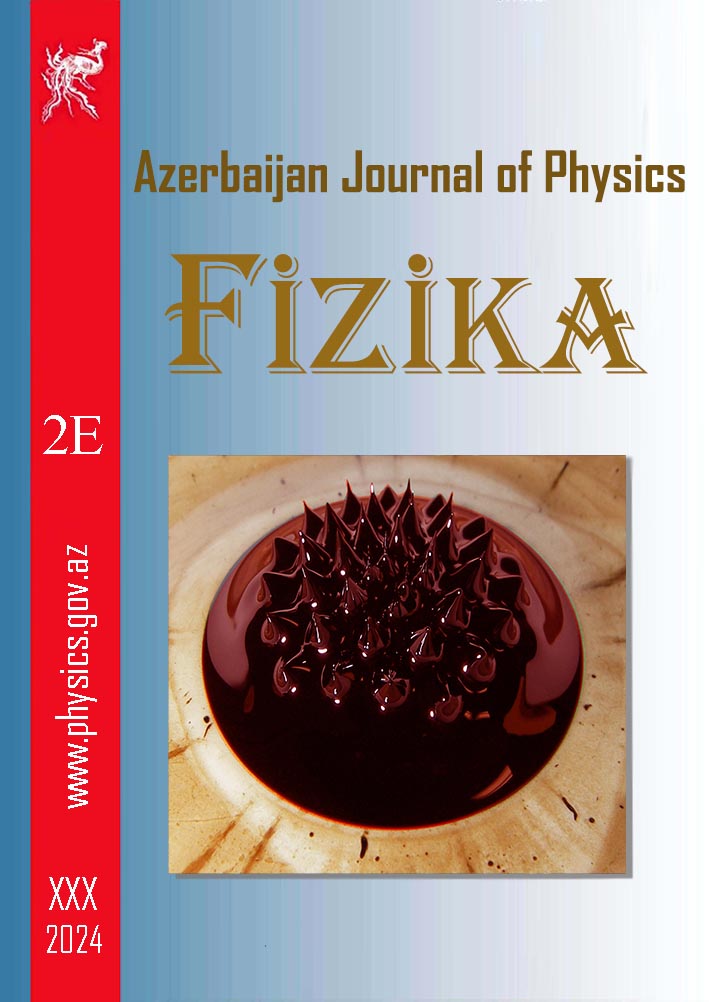ABSTRACT
The structural complexity aspect of the materials reveals itself in the superconductivity of the metals. A complex, multisided behavior of the superconducting materials is
analyzed in this work. It is shown that there is a subtle balance between superconductivity property of materials and their latent heat of fusion. This feature of
superconducting materials manifests itself sharply especially in the case of the so called conventional superconductors, for the indium, lead, tin and mercury. The Cooper
pairs analogue formation possibility of the atomic nuclei of the superconducting metals is also considered This analysis strongly supports the idea that electroweak gauge
boson masses are manifestation of the fundamental level structural complexity inherent to our universe.
Keywords: dependence of the structural complexity on the energy, the connection between the charges and masses of the elementary particles, structural complexity - latent heat of fusion connection of the substances, the latent heat of fusion and critical temperature dependence for the metals.
DOI:10.70784/azip.1.2025106
Received: 30.01.2024
Internet publishing: 03.03.2025 AJP Fizika E 2025 01 en p.06-08
AUTHORS & AFFILIATIONS
Institute for Physical Problems, Baku State University, Azerbaijan
E-mail: mail.quanta02@gmail.com
|
[1] F.A. Mamedov. SU(2)L x SU(2)R symmetry of the fermions and the vector bosons, the fermionic origin of the local gauge transformations, the visible traces of the flickering nature of the early stages of the universe's formation, AJP Fizika C, 2023
[2] F.A. Mamedov. The connection between the energy and structural complexity of the matter, structural complexity origin of the electroweak boson masses as well as metabolism in living organisms, AJP Fizika C, 2024
[3] R.W. Brown, K.L. Kowalski, and S.J. Brodsky. Classical radiation zeros in gauge theory amplitudes, Phys. Rev. D, 28:624, 1983.
[4] S.L. Glashow. Partial Symmetries of Weak Interactions, Nuclear Physics 22, (1961), 579
[5] S. Weinberg, A Model of Leptons, Physical Review Letters, 19, 1264
[6] A. Salam, N. Svartholm. Proceedings of the Eighth Nobel Symposium, Almqvist & Wiksell, Stockholm (1968)
[7] The Isotope Effect in Superconductivity. I. Mercury https://doi.org/10.1103/PhysRev.84.691
[8] Leggett, Anthony J. (2022), Quantum liquids: Bose condensation and Cooper pairing in condensed-matter systems, Oxford: Oxford University Press. ISBN 9780192856944
[9] Binding energy per nucleon, http://barwinski.net/isotopes
[10] Krassimira Marinova, Istvan Angeli, Nuclear Charge Radii, International Atomic Agency, https://www-nds.iaea.org/radii
[11] Table of Isotopic Masses and Natural Abundances,https://www.chem.ualberta.ca/~massspec/atomic_mass_abund.pdf
[12] National Superconducting Cyclotron Laboratory, Laser precision studies of the nuclear radii. http://nscl.msu.edu/news/news - 25.html Size of helium nucleus measured more precisely than ever before.
[13] https://www.admin.ch/gov/en/start/documentation/media-releases.msg-id-82143.html
[14] J.E. Hirsch. BCS theory of superconductivity: it is time to question its validity, Phys. Scr. 80 (2009) 035702
|
